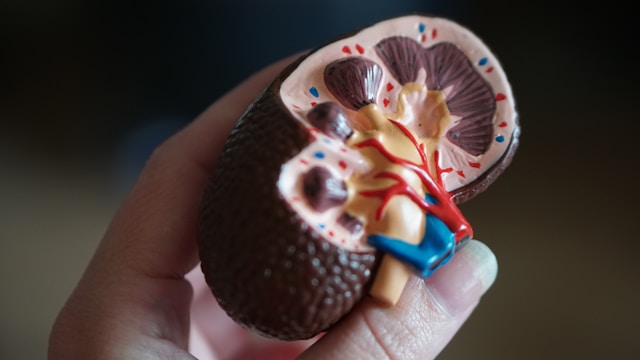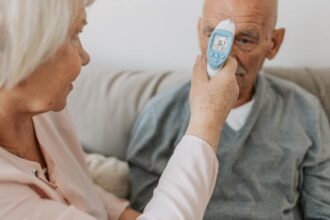Researchers at the University of Cincinnati College of Medicine have pioneered a groundbreaking predictive model. Using key health indicators, this model forecasts a recovery in patients experiencing kidney failure due to acute kidney injury (AKI). AKI, a significant contributor to end-stage kidney disease (ESKD), ranges from mild kidney function loss to complete failure. Approximately one-third of AKI patients recover kidney function.
Published in the Clinical Kidney Journal, the study analysed health outcomes from 22,922 patients in the U.S. Renal Data System (2005-2014) to predict kidney recovery within 90 days and 12 months after dialysis initiation for AKI-related kidney failure. Lead author Dr Silvi Shah, from UC’s Division of Nephrology, highlighted that patient factors like age, race, body mass index, and medical history (including conditions like heart failure, cancer, and functional status) were crucial in developing their logistic regression model.
Dr. Shah noted that certain factors, such as a history of heart failure, lower body mass index, amputation, and poor functional status, significantly correlated with lower chances of kidney recovery. The study found that 24% and 34% of patients recovered kidney function within 90 days and 12 months, respectively.
The scoring model, a practical tool, aims to assist clinical staff in dialysis units. It quickly assesses patient recovery prospects based on readily available medical history data. According to Dr Charuhas Thakar, a senior author and former division chief of nephrology at the University of Cincinnati, the model categorises patients into high, medium, or low recovery likelihood categories. This categorisation guides personalised treatment plans and resource allocation, empowering healthcare providers with a more targeted approach.
Dr. Thakar emphasised the model’s potential to significantly improve care for AKI patients. It ensures those likely to recover receive focused monitoring while enabling long-term planning, including transplantation, for those less likely to regain kidney function. This potential for improved patient outcomes is a beacon of hope in the field of nephrology.
Dr. Shah underscored the model’s role in risk prediction and patient counselling, noting that individuals with higher scores had a 57% chance of kidney recovery within 90 days. The study, leveraging the extensive U.S. Renal Data System dataset, provided inclusive insights across demographics, enhancing its applicability and individualised patient care strategies.
The research enhances clinical decision-making in dialysis settings, offering healthcare providers and patients valuable insights into recovery expectations and tailored treatment approaches based on predictive risk scores.
More information: Silvi Shah et al, A clinical score to predict recovery in end-stage kidney disease due to acute kidney injury, Clinical Kidney Journal. DOI: 10.1093/ckj/sfae085
Journal information: Clinical Kidney Journal Provided by University of Cincinnati








